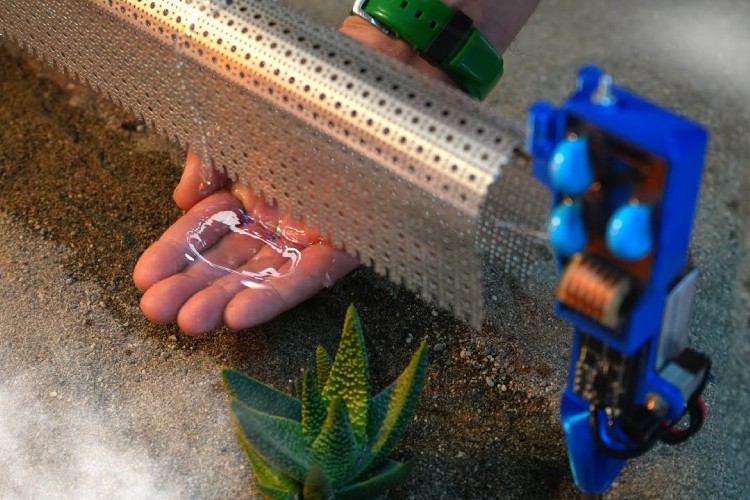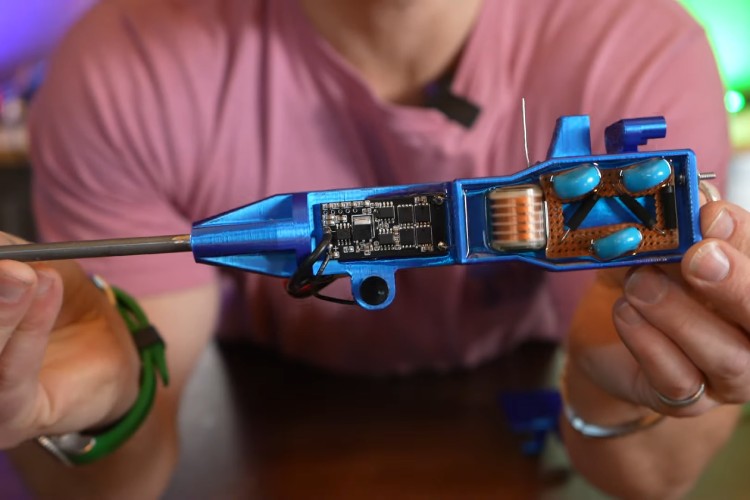
Water scarcity remains one of the most pressing challenges of our time, particularly in dry regions where access to fresh water is a constant struggle. While traditional solutions involve drilling deeper wells or implementing inefficient fog nets, a new approach leveraging high-voltage physics could revolutionise water collection. In a new experiment, Jay Bowles from the Plasma Channel tested a way to improve water collection using high-voltage electricity. His method charges water droplets in fog and pulls them toward a grounded metal mesh, helping them form liquid water much faster than traditional methods. Bowles got the idea from a 2018 MIT study that showed how high voltage could increase water collection from fog. In his experiment, he first ran fog through a metal mesh without electricity and found that no water condensed. But when he applied 20,000 volts, the fog droplets moved toward the mesh, turning into visible water within seconds. After five minutes, his setup collected 40 millilitres of water, which is much more than what regular fog nets can collect.

As per Bowles system is also energy efficient. It used only 39 watts of power but collected water much more efficiently than a commercial dehumidifier, which required the same power but produced far less water. Bowles also simplified the design by using a thin high-voltage wire instead of bulky electrodes, making it easier to install over crops. He believes this method could help farmers in dry areas by providing a reliable way to collect water from morning fog. The next step is to test the system in a real desert, such as the Atacama Desert, where thick fog is common. If the idea works on a larger scale, it could be a useful way to collect water for irrigation and drinking in dry regions.

